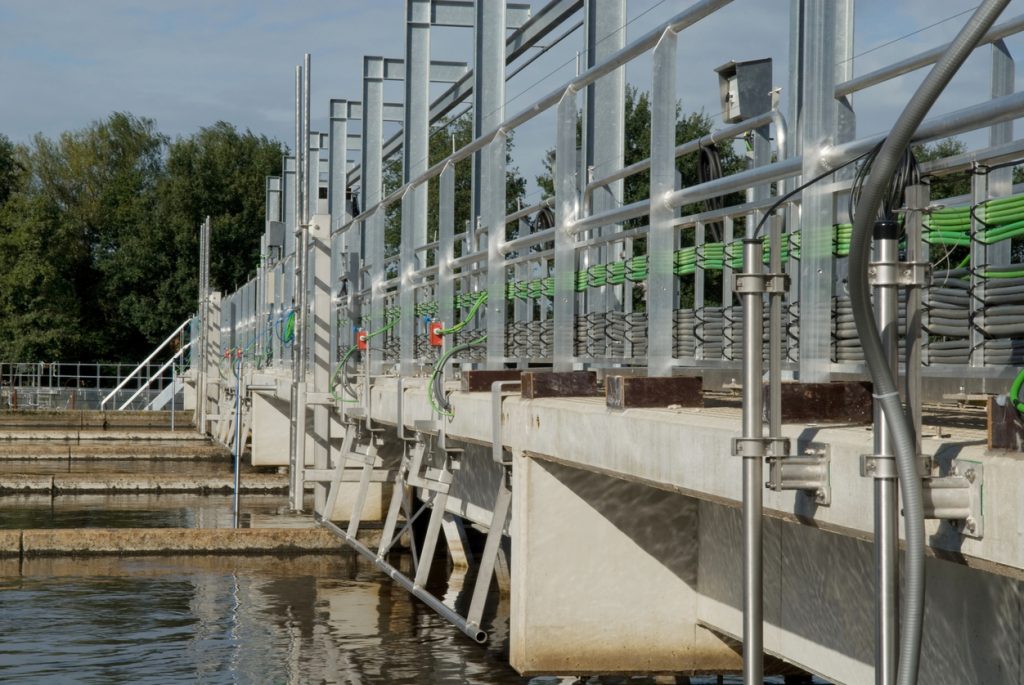Is It Possible to Extract Lithium from Seawater?
An essential component of lightweight batteries, pharmaceuticals, and other products, lithium is a valuable material that is projected to see increasing demand in the coming years. Yet existing lithium recovery processes can take years to discover and build facilities to recover and can’t be quickly scaled to meet rapid rises in market demand. There are also relatively few known lithium deposits across the world, prompting concerns about scarcity as existing lithium mines are depleted.
With seawater as abundant as it is, researchers and metals producers alike have begun to take a hard look at our oceans as a potential source of lithium. So is it possible to extract lithium from seawater?
While technically, yes, it is possible to recover lithium from seawater, there are some challenges that still stand in the way of large-scale lithium recovery from ocean water. In this article, we’ll provide an overview of the processes and technologies capable of extracting lithium from seawater, and explore how the process differs from traditional lithium brine extraction.
How is seawater different from lithium source brines?
A large share of commercial lithium is produced through brine extraction. While seawater is actually a brine, it differs from traditional lithium source brines (e.g. salars) in that the lithium concentration in seawater is much lower. To put it in perspective, commercial lithium production operations usually extract the metal from source brines with a lithium concentration of 300 to 7000 ppm. By contrast, seawater contains less than 1 ppm of lithium. So, while it is technically possible to extract lithium from seawater, it is not economically viable to do so using normal lithium extraction technologies.

What lithium extraction methods can be used on seawater?
The low concentration of lithium in seawater means that large volumes of water must be processed in order to extract even small quantities of the metal. Therefore, common lithium extraction approaches that leverage evaporation ponds to concentrate source brines cannot be used effectively, since the lithium content in seawater is so dilute. Additionally, seawater contains a variety of dissolved minerals, many of which are present in much greater quantities than lithium. As result, it is nearly impossible for traditional separation technologies, such as membrane filtration, ion exchange (IX), and reverse osmosis (RO), to extract lithium from seawater without excessive energy consumption or fouling of filtration media and/or chemical regenerants.
In recent years, new lithium extraction technologies have emerged to overcome these challenges, including:
Adsorption, desorption, and crystallization
This approach leverages desalination waste streams rather than virgin seawater. This is because seawater desalination plants typically leverage RO, which produces both a purified water stream and a reject stream consisting of a concentrated brine solution. Reject streams are typically discharged to the sea, however, it is possible to recover lithium and other materials from the RO reject brine. This is typically accomplished via a multistep process involving the sequential application of chemical reactants to adsorb, desorb, and crystallize the lithium (or other desired constituents) in the brine. The precipitated salt is then filtered and the brine discharged.
Metal-organic frameworks
Metal-organic framework (MOF) is a new type of crystalline media that is still being developed for various applications. It differs from other separation media in that it provides greater ion selectivity, allowing for capture of smaller ions. In addition to seawater, MOF technology has the potential to recover lithium from produced water and wastewater streams as well, though none of these applications have yet been implemented on a large scale.
Electrodialysis
Similar to electrodeionization (EDI), electrodialysis uses a membrane comprised of a superconductor material to selectively allow ions to pass through. While the technology has the potential for effective use in lithium extraction from seawater, more research is needed to confirm viability for application on a commercial scale.
Can SAMCO help?
SAMCO has over 40 years’ experience in identifying appropriate brine and water treatment solutions to help lower costs and waste volumes while increasing lithium production yields. For more information or to get in touch, contact us here to set up a consultation with an engineer or request a quote. We can walk you through the steps for developing the proper solution and realistic cost for your brine waste treatment system needs.
To learn more about SAMCO’s innovative technologies that we commonly apply for lithium production facilities, visit our page on brine and lithium recovery, softening, and purification.
To learn more about lithium recovery, read these other blog articles that might interest you:
- How Much Does It Cost to Extract Lithium from Geothermal Brine or Crushed Ore?
- Best Companies for Extracting Lithium from Geothermal Brine and Other Produced Water Streams
- What Is the Best Way for Recovering Lithium from Geothermal Brine?
- What is Lithium Extraction and How Does It Work?
- How Do You Enhance Lithium Concentration and Recovery from Brine Streams?
- How is Brine Mining Used for Lithium Recovery?
